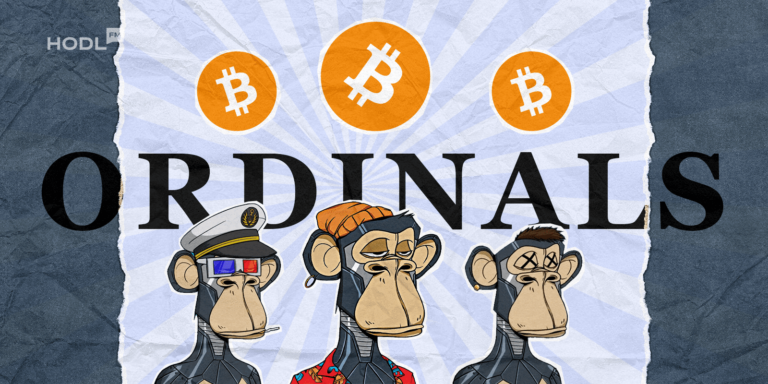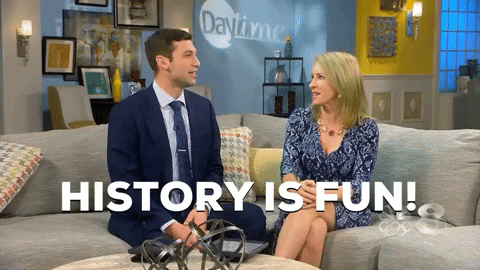Ordinal or ordinal inscriptions are the byproduct of inscribing code, text, or image data on the smallest unit of Bitcoin – the Satoshi. Inscribing data on Bitcoin was not possible until 2021’s Taproot upgrade. This upgrade laid the foundation for launching the Bitcoin Ordinals Protocol by Casey Rodarmor in early 2023.
A year later, the protocol has seen a proliferation of immutable non-fungible tokens on the leading blockchain. The process of creating a Bitcoin Ordinal or NFT begins with writing data onchain and having a transaction as the witness.
Related: Runes Launch: Bitcoin’s New Token Standard Shakes Up the Crypto Market
A Brief History of Bitcoin Ordinals
The first work around Ordinals began in 2012. Meni Rosenfeld, president of the Israeli Bitcoin Association, published a concept called colored coins. His idea was to distinguish units of bitcoin by coloring them, that is tracing their history, differentiating them from the rest, and assigning them with special properties or data.
The ultimate goal for coloring was to utilize the colored units across smart property, and commodity certificates, among others. Nonetheless, these early ordinals did not immediately facilitate the PFPs as they are now but helped lay the foundation of Bitcoin NFTs.
Again in 2014, Kevin and Jennifer McCoy are credited for creating history’s first non fungible token, Quantum. The two digital artists created the generative art piece on Namecoin, a blockchain forked on Bitcoin. Their goal was to prove ownership of their art creation but they also ended up pioneering a generation of Bitcoin-based NFTs for artworks.
EverdreamSoft in 2015 used the Bitcoin network to launch the first NFT trading cards game. Spells of Genesis provides players with historical nonfungible tokens where each one represents a specific moment in history. At this time, many projects had already joined the space. Rare Pepes, the popular digital collectible cards platform launched in 2016 with approximately 1,800 cards featuring distinct meme characters for Pepe the Frog. Each of the cards represents Pepe as Trump, Satoshi Nakamoto, Homer Simpson, or Andreas Antonopoulos, among others. The Homer Pepe card gained popularity in 2018 when it sold for $38,500 in a blockchain art live auction.
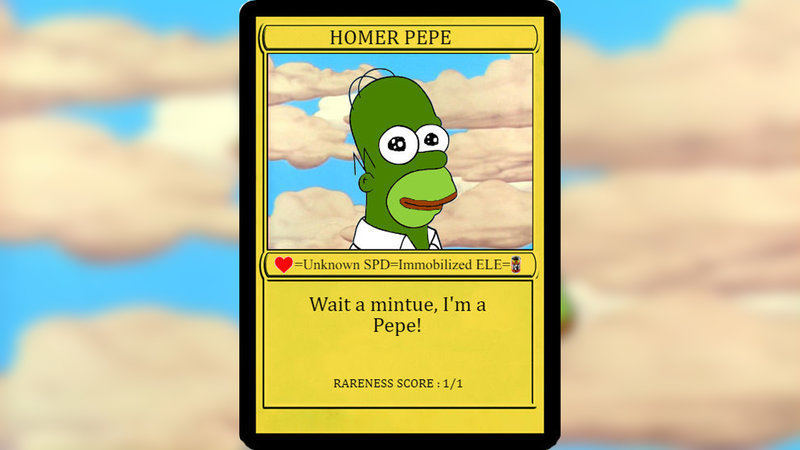
However, most of the work in NFTs started happening on Ethereum and Solana after the launch of Rare Pepes. Fast forward to 2023, Casey Rodarmor deployed Ordinals on the Bitcoin Network and set the stage for quality standard NFTs on the mainnet. Two upgrades were particularly important for making ordinals possible, 2017’s Segregated Witness (SegWit) and 2021’s Taproot.
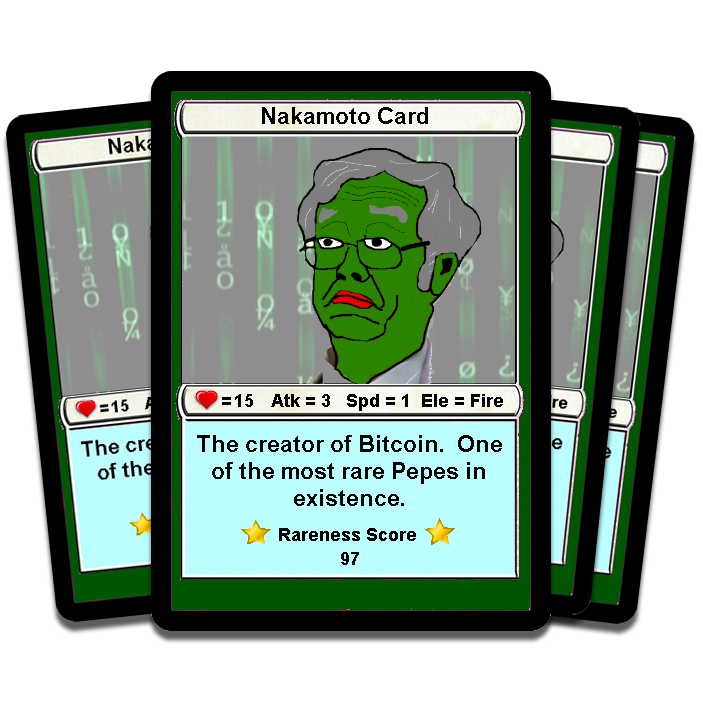
Understanding Ordinals
The NFT space faced massive growth in 2021, thanks to the effectiveness of the ERC-721 token standard. Bitcoin developers had always wanted to inscribe data on Bitcoin as early as 2014, which convinced Rodarmor to create a similar NFT experience on the blockchain.
By implementing the ordinal theory, the artist and developer built a way for identifying, tracking, and transferring media on Bitcoin. It did not take long for the project to gain traction. Within no time, the volume of inscriptions continued doubling weekly. The emergence and growth of Ordinals have seen an explosion in the usage of Bitcoin, storage space, and transaction fees.
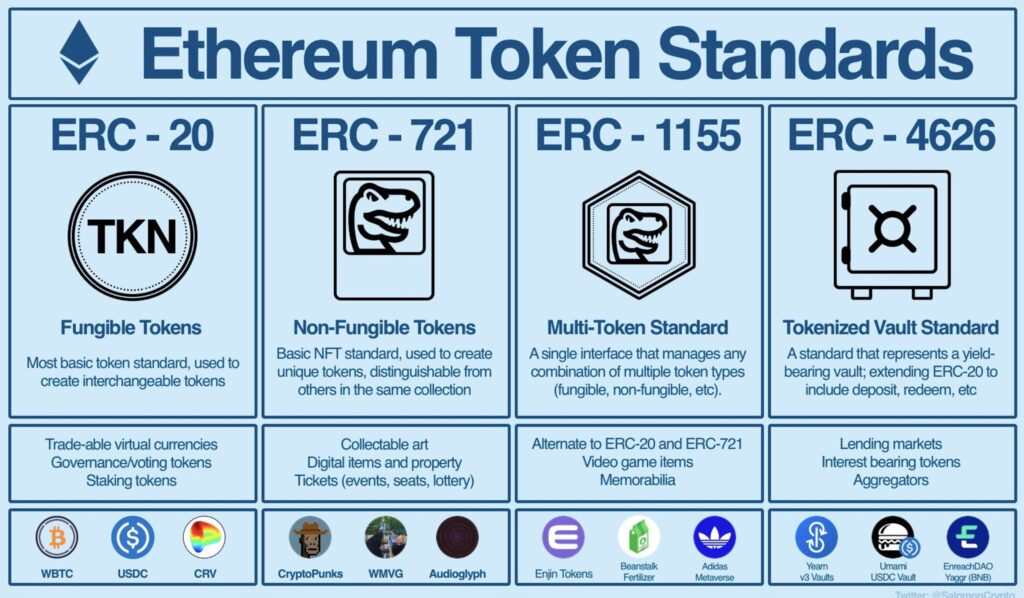
How Ordinals Work
The ordinals theory, a numbering system by Georg Cantor is the foundation of Bitcoin Ordinals. This system describes how Bitcoin records and organizes transactions on the blockchain. For example, the ordinal number, a unique identifier for each satoshi based on its position in the mining order can shelter digital content. By inscribing such content on the satoshi, the resulting inscription is tradeable and transferable from one wallet to another on the Bitcoin network. According to the theory, security tokens, stablecoins or accounts can be attached to sats.
Rodarmor specified the use cases of Ordinals are far broader than NFTs. Meanwhile, it is NFTs that have found the most market fit for ordinals. However, the recent narrative around Real World Assets (RWAs) has opened debate on the suitability of the Bitcoin Ordinals protocol in tokenizing and fractionalizing physical assets.
The Impact of Ordinals in Securing Transactions and Preventing Duplication
Ordinals play an important role in securing transactions and preventing duplication (double spending) on the Bitcoin network.
By maintaining the sequence and authenticity of each transaction record, Ordinals help uphold the integrity of the blockchain. Since each ordinal is original and unique, it becomes impossible to process duplicate transactions hence preventing instances of double spending.

Moreover, ordinals also facilitate tracking and auditing transactions. Each unique identification number serves as a point of reference for the auditor or system admin. The result is more transparency and accountability. Also, an auditor can easily point out discrepancies in a record in case something is not right.
Another benefit of ordinals is concurrency control for environments where multiple transactions occur simultaneously by enforcing a strict ordering system. This ensures that transactions are executed in a consistent manner.
The other benefit of ordinals in securing the Bitcoin network is preventing replay attacks. Hackers may transmit previously recorded transactions to gain unauthorized access on the blockchain. By incorporating ordinals, the network can identify such transactions and enhance security.
Benefits and Future Outlook
Developers are pursuing enhanced techniques of embedding non-fungible tokens into Bitcoin wallets to allow ease of viewing whenever one mints an NFT. One of the projects facilitating the building of Ordinal Inscriptions is an NFT marketplace for Bitcoin tokens called Gamma. The marketplace has introduced an offering where anyone can pay to inscribe media data into BTC. There are many other projects with a similar service like the Ordinalsbot, an open-source web tool that runs on GitHub.
Another project, Hiro Systems, recently launched a feature for Ordinals on its wallet. Bitcoin wallet Xverse also announced the launch of Bitcoin NFTs features. As you can see, a positive outlook exists for the Bitcoin ecosystem, which has been made even more promising with the launch of Runes Protocol, which will support the creation of altcoins and shitcoins on Bitcoin.
Related: Next Evolution for Bitcoin is Runes, Debuts Same Day as Halving
There are those arguing Ordinals will make Bitcoin more sustainable for the long term by increasing demand for block space. Eventually, when Bitcoin loses its block rewards, miners will rely fully on transaction fees to earn revenue. Additionally, Ordinals will bring more developers to Bitcoin, hence driving adoption and user growth.
Besides, Bitcoin NFTs have proved to be more secure, fully immutable, censorship-resistant and decentralized compared to traditional NFTs. This is because traditional NFTs rely on 3rd party platforms and middlemen to function effectively, which may therefore represent an element of mistrust.
Conclusion
Ordinals created a long-lasting approach for issuing alternative digital assets on the Bitcoin mainnet. While the functionality has only been implemented in NFT creation, there seems to be more possibilities for Ordinals in the space. Meanwhile, the potential impact is one to watch over the long term although their effect on transaction fees will depend on whether mainstream adoption gradually takes place. Already, there has been an explosive trend in Bitcoin creative development over the last couple of years which has fostered a thriving ecosystem of DApps, NFTs, Decentralized Finance, Lending and Borrowing, etc.
Disclaimer: All materials on this site are for informational purposes only. None of the material should be interpreted as investment advice. Please note that despite the nature of much of the material created and hosted on this website, HODL.FM is not a financial reference resource and the opinions of authors and other contributors are their own and should not be taken as financial advice. If you require advice of this sort, HODL.FM strongly recommends contacting a qualified industry professional.
